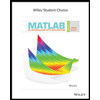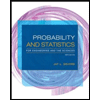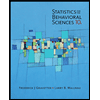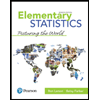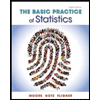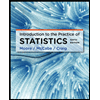Only 17% of registered voters voted in the last election. Will voter participation decline for the upcoming election? Of the 391 randomly selected registered voters surveyed, 47 of them will vote in the upcoming election. What can be concluded at the αα= 0.01 level of significance?For this study, we should use The null and alternative hypotheses would be: H0:H0:(please enter a decimal) H1:H1:(Please enter a decimal)The test statistic = (please show your answer to 3 decimal places.)The p-value = (Please show your answer to 4 decimal places.)The p-value is ααBased on this, we should the null hypothesis.Thus, the final conclusion is that ... The data suggest the populaton proportion is significantly lower than 17% at αα= 0.01, so there is statistically significant evidence to conclude that the the percentage of all registered voters who will vote in the upcoming election will be lower than 17%.The data suggest the population proportion is not significantly lower than 17% at αα= 0.01, so there is statistically insignificant evidence to conclude that the percentage of registered voters who will vote in the upcoming election will be lower than 17%.The data suggest the population proportion is not significantly lower than 17% at αα= 0.01, so there is statistically significant evidence to conclude that the percentage of registered voters who will vote in the upcoming election will be equal to 17%.
Contingency Table
A contingency table can be defined as the visual representation of the relationship between two or more categorical variables that can be evaluated and registered. It is a categorical version of the scatterplot, which is used to investigate the linear relationship between two variables. A contingency table is indeed a type of frequency distribution table that displays two variables at the same time.
Binomial Distribution
Binomial is an algebraic expression of the sum or the difference of two terms. Before knowing about binomial distribution, we must know about the binomial theorem.
Only 17% of registered voters voted in the last election. Will voter participation decline for the upcoming election? Of the 391 randomly selected registered voters surveyed, 47 of them will vote in the upcoming election. What can be concluded at the
α
α
= 0.01 level of significance?
For this study, we should use
The null and alternative hypotheses would be:
H
0
:
H0:
(please enter a decimal)
H
1
:
H1:
(Please enter a decimal)
The test statistic = (please show your answer to 3 decimal places.)
The p-value = (Please show your answer to 4 decimal places.)
The p-value is
α
α
Based on this, we should the null hypothesis.
Thus, the final conclusion is that ...
The data suggest the populaton proportion is significantly lower than 17% at
α
α
= 0.01, so there is statistically significant evidence to conclude that the the percentage of all registered voters who will vote in the upcoming election will be lower than 17%.
The data suggest the population proportion is not significantly lower than 17% at
α
α
= 0.01, so there is statistically insignificant evidence to conclude that the percentage of registered voters who will vote in the upcoming election will be lower than 17%.
The data suggest the population proportion is not significantly lower than 17% at
α
α
= 0.01, so there is statistically significant evidence to conclude that the percentage of registered voters who will vote in the upcoming election will be equal to 17%.
Trending now
This is a popular solution!
Step by step
Solved in 2 steps with 1 images

